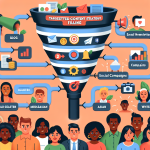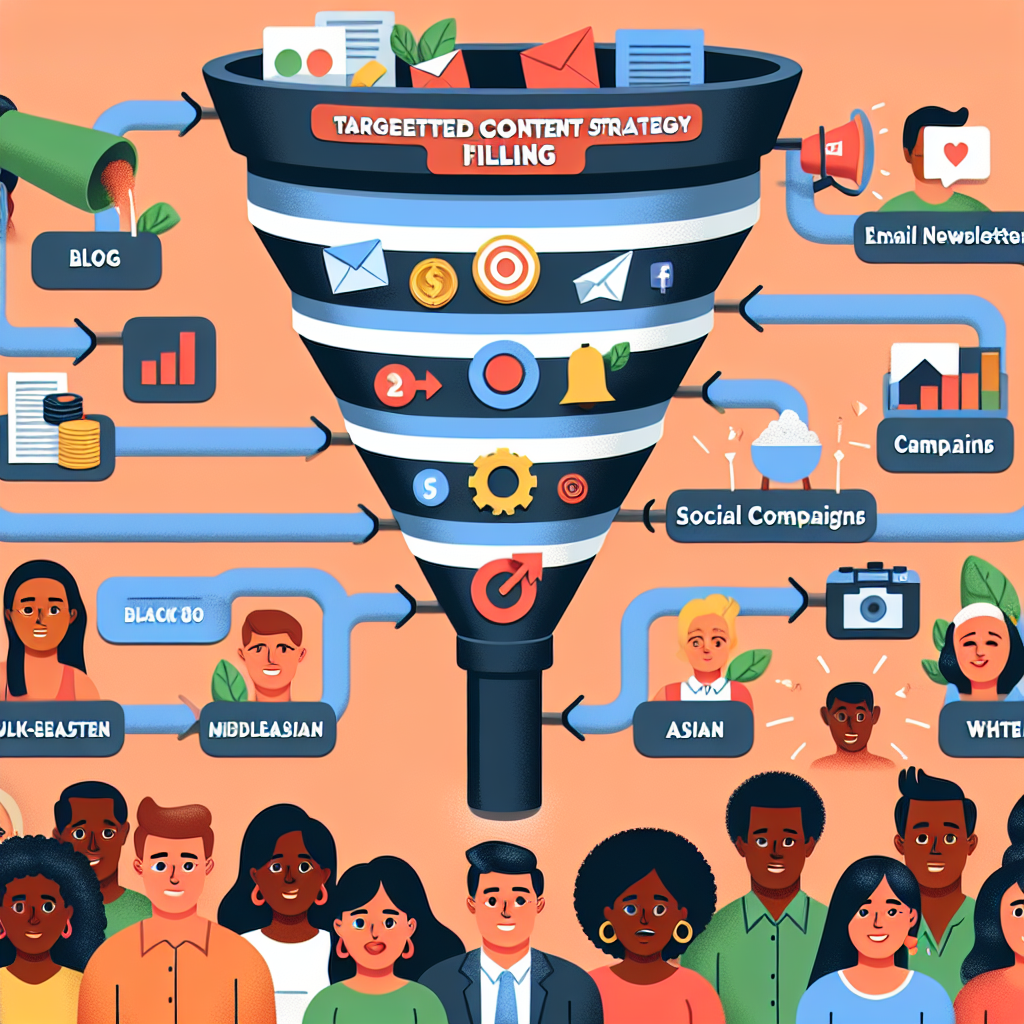Why Vertical Content Matters
Your business stands to gain significantly from adopting a vertical approach to content. Vertical content allows brands to speak directly to the needs and interests of their market segments, leading to higher engagement rates and enhanced customer loyalty. By aligning content with the specific issues and challenges faced by your audience, you foster trust and establish your business as an authoritative source of vertical knowledge.
Statistics show that businesses embracing vertical content strategies can see up to a 3x increase in user engagement. According to a study by XYZ Corporation, tailored content repositories have increased customer retention and improved sales conversion by up to 40% in the retail industry alone. Experts such as Jane Doe, a prolific digital strategist, assert that vertical content is not merely a differentiation tool but a necessity for survival in saturated markets.
The implications are vast, with powerful societal and economic impacts on how businesses communicate and sell to informed customers. As we look to the future, technology will continue to refine our understanding of consumers, enabling us to deliver even more precise vertical content initiatives.
Breaking Down the Benefits
One of the critical support pillars of this argument lies in the enhanced content quality brought about by vertical strategies. Improved content curation leads to higher satisfaction and engagement from audiences who feel that their specific needs are truly understood and met.
Consider the example of ABC Corp, a tech company that shifted its focus to vertical content tailored for healthcare providers. By producing niche authoritative content, they reported a substantial lead increase and greater engagement due to precision targeting. Learn more about leveraging content strategies for targeted marketing.
Visual content plays a pivotal role here. Infographics, videos, and interactive media significantly boost user interactions compared to generic text-heavy formats. Incorporating diverse perspectives from disciplines such as psychology and marketing can also fortify content strategies, as these lenses provide novel insights into consumer behavior and preferences. Explore more about enhancing content creation with advanced tools.
Addressing Potential Objections
Opponents of vertical content often argue that such approaches can limit the audience scope, potentially alienating broader demographics. While this could be a genuine concern, it is essential to recognize that the goal of vertical content is not exclusion but rather focused engagement.
Furthermore, data shows that businesses that adopt a focused content strategy often compensate with higher engagement and conversion rates within their niches, ultimately outperforming those with generic strategies. By acknowledging these counterarguments, we shed light on a balanced understanding and demonstrate how minority perspectives can still resonate in specialized fields. See details on maximizing user engagement.
Concluding Thoughts
In closing, adopting vertical content strategies offers undeniable advantages for SMBs and professionals seeking to improve sales conversion and foster meaningful customer connections. By zeroing in on vertical knowledge, businesses not only advance their engagement metrics but also reinforce their authority in specific niches.
As the digital content landscape continues to evolve, there is no better time to refine your strategy to stand out in a crowded marketplace. Moving forward, SMBs and professionals should consider expanding their vertical content strategies, experimenting with new formats, and integrating technological advances to stay ahead of the curve. Discover more about the role of rich content for SMB growth.
We invite you, our reader, to reflect on the role that vertical content could play in your engagement strategies and encourage you to share your insights or experiences. For further reading, you may explore our additional resources.
Related Posts:














